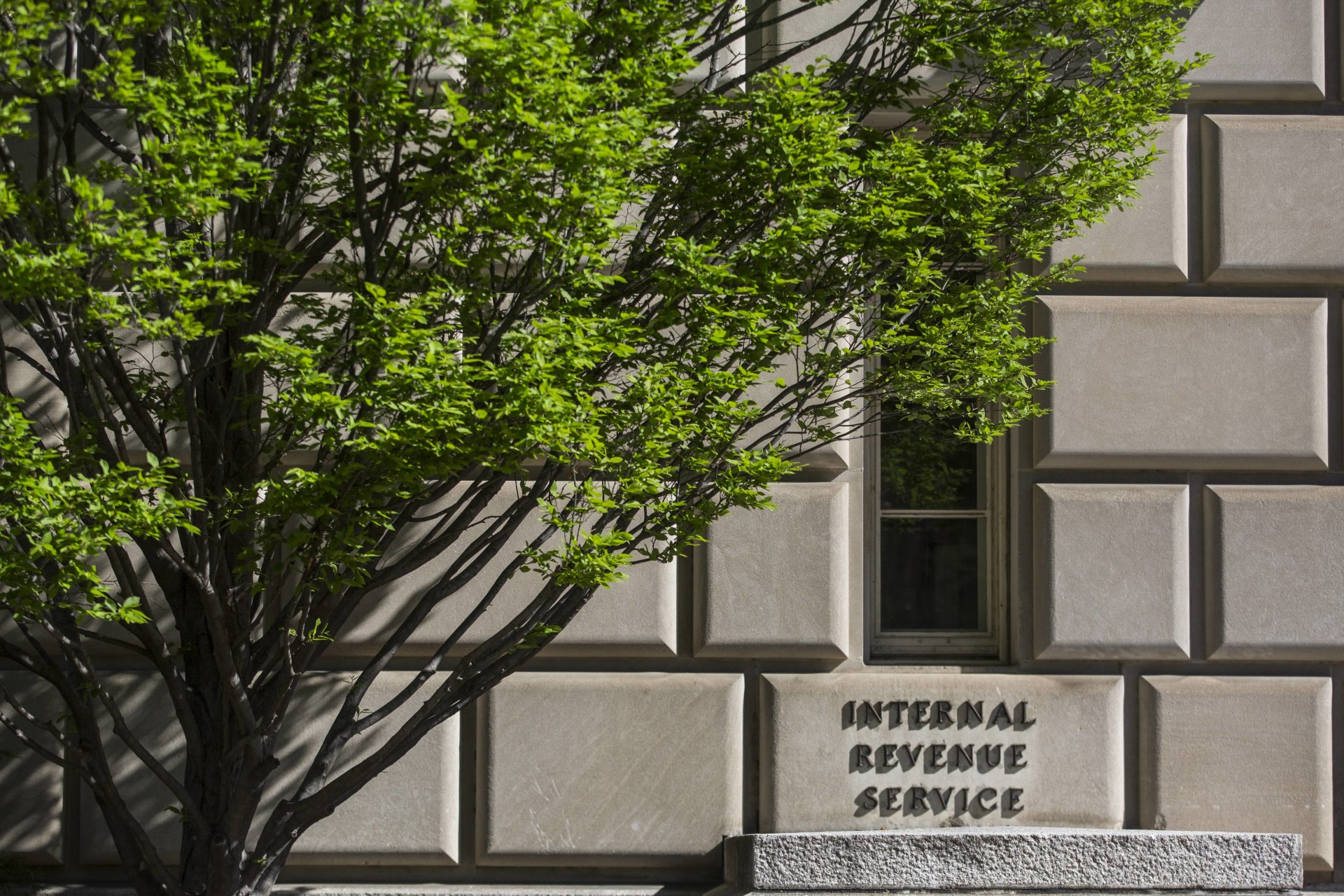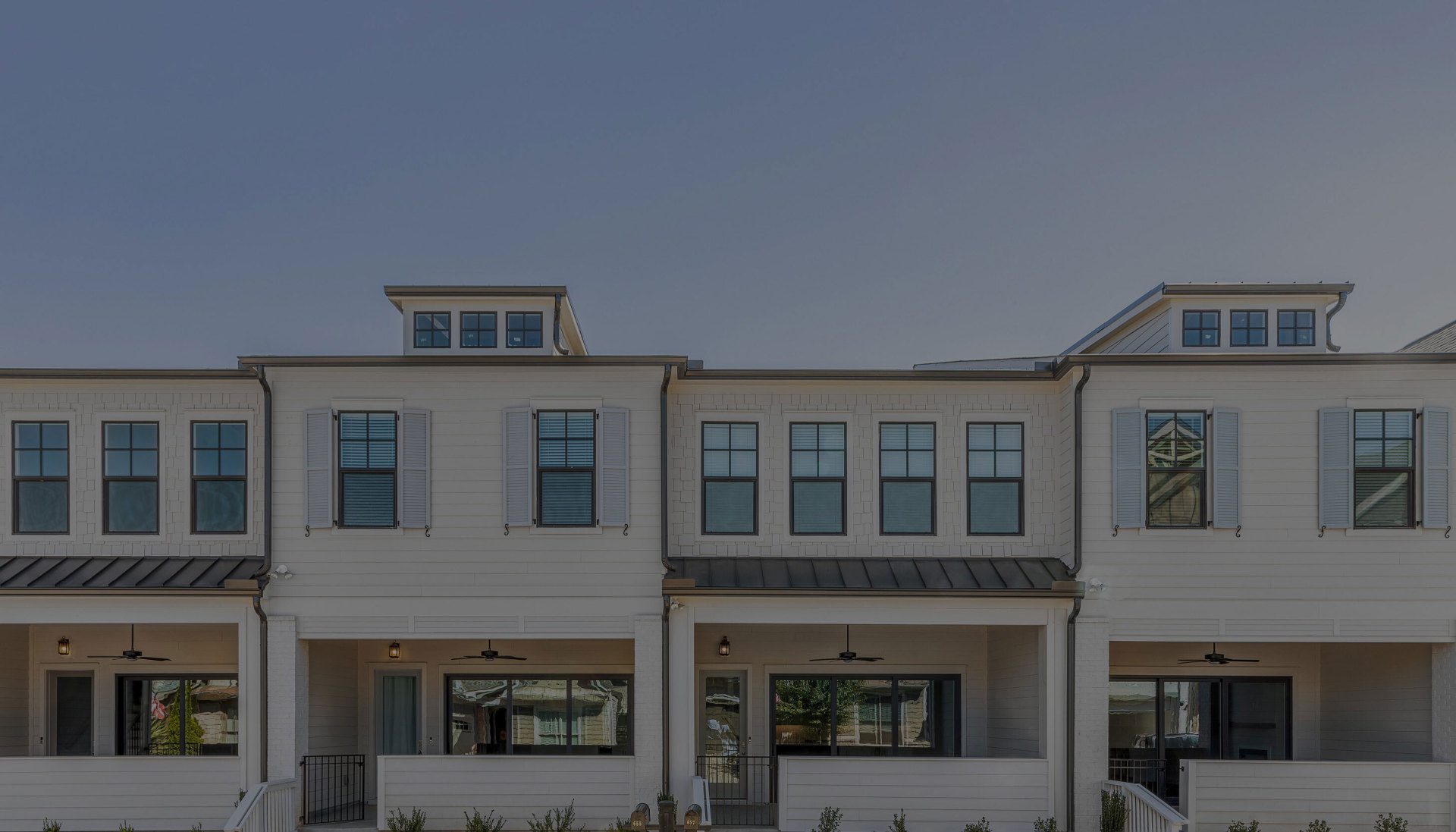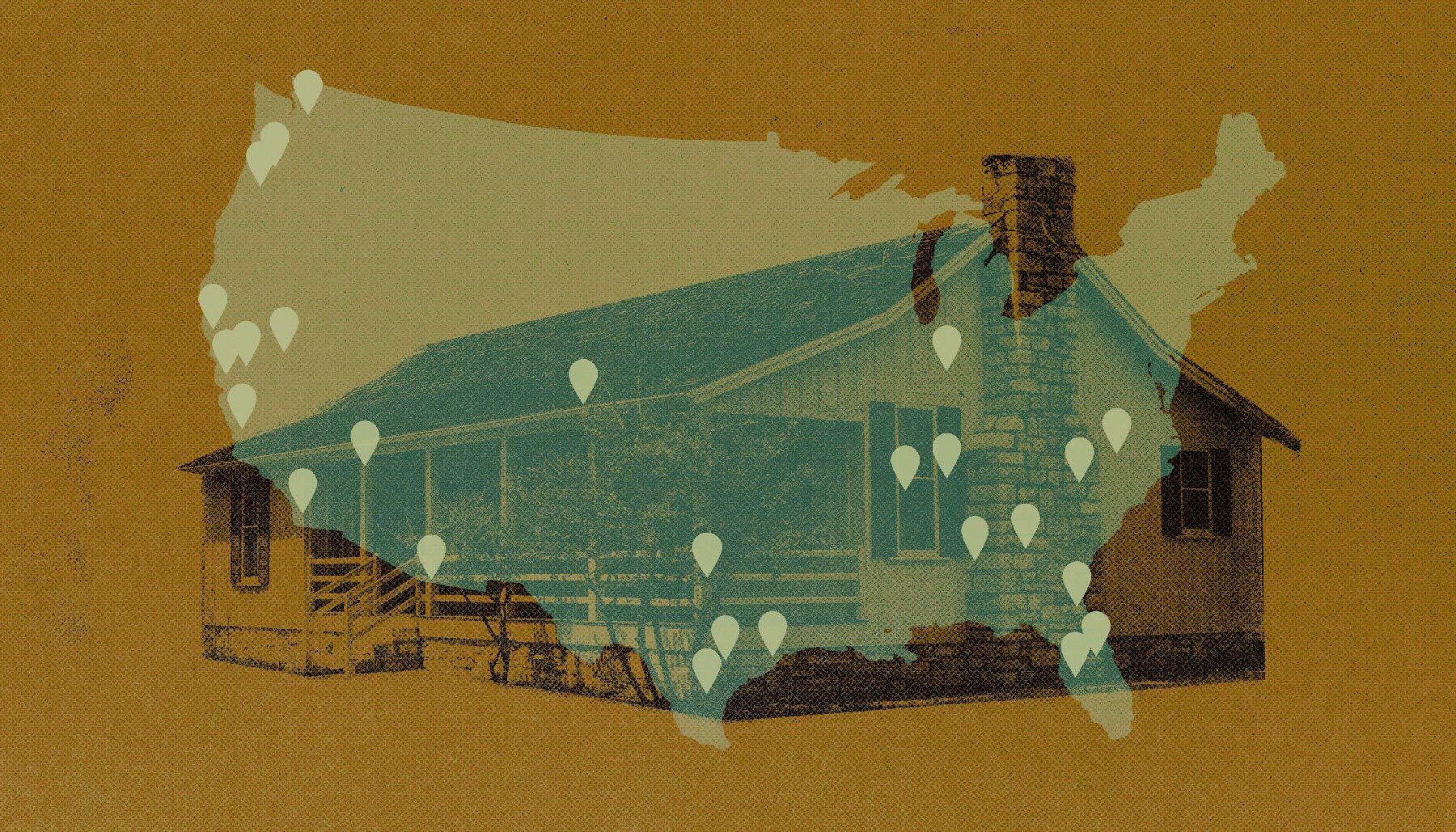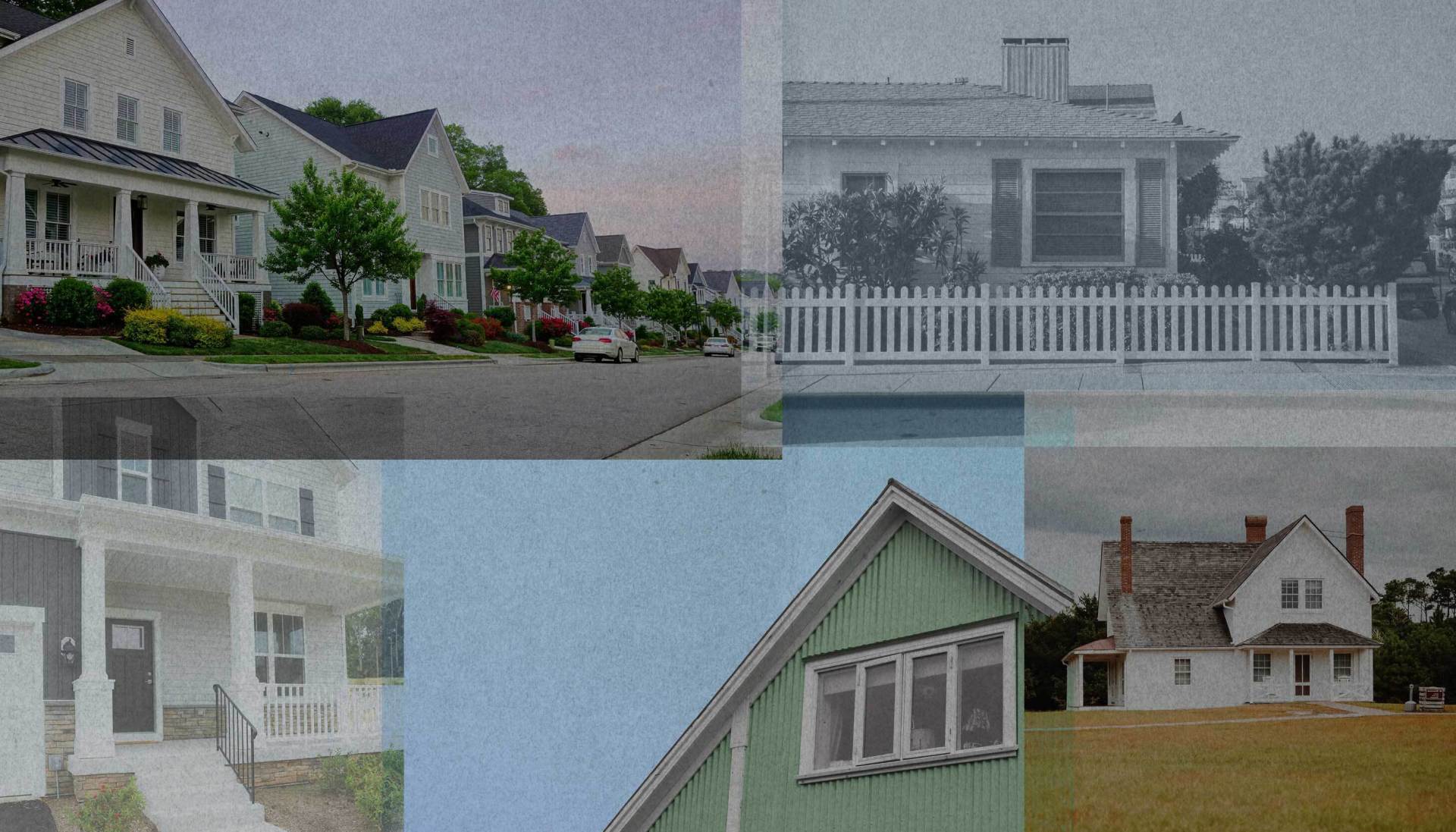Avoiding rental vacancy in your investment property is one of the most important keys to increasing your ROI, so it’s important that to limit the time that a property is unoccupied.
Mynd has tools and strategies to help avoid vacancy. Here are some of the steps to ensure properties are occupied by solid tenants.
Keeping residents in place
Understanding how to keep the residents in place longer is the best way to reduce vacancy rate and avoid periods without income. Residents who stay long-term are also more invested in keeping the property clean and well-maintained.
Residents needs must be a priority for any property owner. Here are three tips to ensure effective and efficient communication with your residents. If applied frequently, this can be one of the tactics to help avoid property vacancies at your rental homes
Be proactive in communication
Respond quickly to complaints
Follow up with residents regularly
Resident retention tip: welcome gifts
Providing a small gift at move-in is a gesture that sets the tone for a good relationship. A property manager that extends good will to a new resident has a better chance to establish a long-term relationship.
Resident retention tip: maintenance responsiveness
Another way to increase tenant retention is responding quickly to maintenance requests. Emergency maintenance issues should be dealt with a sense of urgency, while other routine requests should be taken care of within a week.
If property owner is not responsive, residents may neglect to mention issues that need to be fixed, which may lead to deferred maintenance, which can lead to more costly repairs.
Reducing turnover time between residents
Many property owners hope to find a resident who will stay for 10 years, but a year or two for a rental property is more common. A shorter turnover time between a resident who is moving out and a new resident will increase ROI and while driving down the vacancy rate.
There are a number of steps to take to limit the number of days that a rental property is unoccupied and avoid high vacancy rates.
Market the home while a resident is in place
There are some complications to this approach, and showing the property while someone else is living in it can be difficult.
Instead, the marketing of the property is a way to gather prospects. Then, if there is a vacancy, visits to the property can be arranged immediately.
Schedule maintenance crews ahead of time
A property can be turned faster if vendors are scheduled to begin prepping a property as soon as a resident vacates. Regular inspections of a property will turn up any issues that may need to be addressed in between leases.
Have a plan in place before a resident moves out
Every turnover should have the same timeline and the same category of work. Shampooing the carpets and cleaning the property will be last, but you can still schedule the painters and other vendors to prepare the property.
Finding a new resident
Once a property turned and ready for the rental market, the leasing and rental process should follow same procedures each time.
It's important to market it the property aggressively and strategically. There should be excellent photos that show off a home, and sharp descriptions that inspire prospective tenants to call and schedule a showing.
Technology can reduce vacancy periods
Use a smart lock so prospective tenants can see the property whenever it’s convenient for them. This is called self-showing, and it’s very popular with millennials who have busy schedules and prefer to view properties on their own time.
With the right technology, it’s possible for prospective tenants to look over a property at any time. A follow-up email that includes the application, and also includes a review, can move the process forward.
Try to make it a personal and responsive experience even if the visit was conducted remotely.



